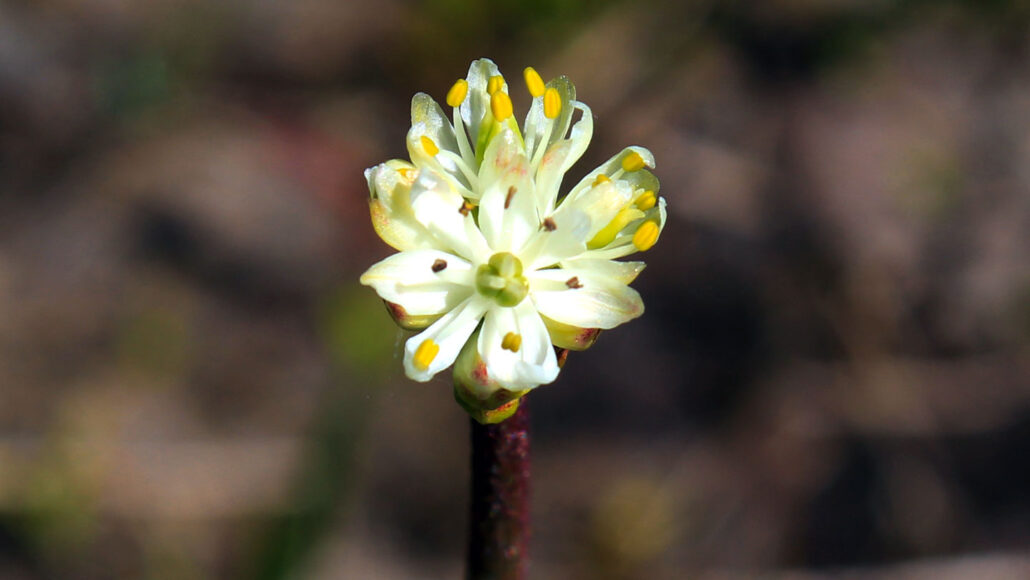Questions for ‘Well-known wildflower turns out to be a secret meat-eater’

This innocent-looking flower has sticky hairs on its stem that trap and digest small insects. Scientists found this flower growing in Cypress Provincial Park in British Columbia, Canada.
Danilo Lima